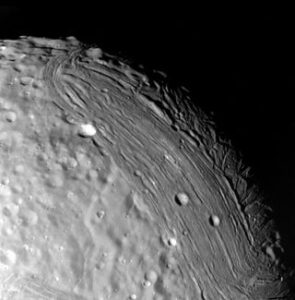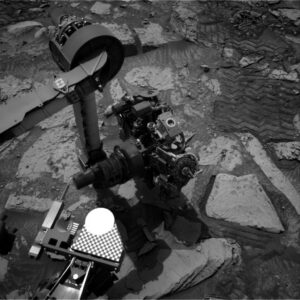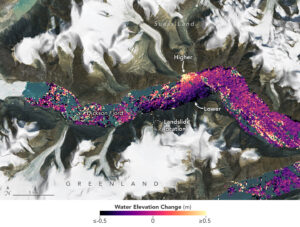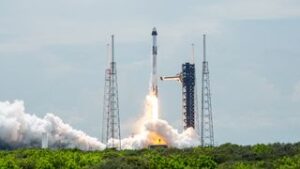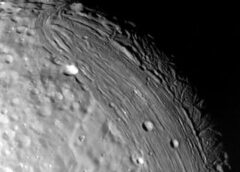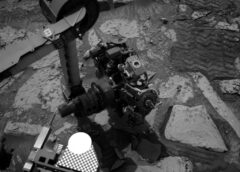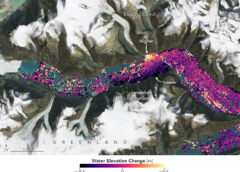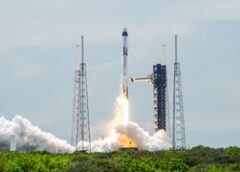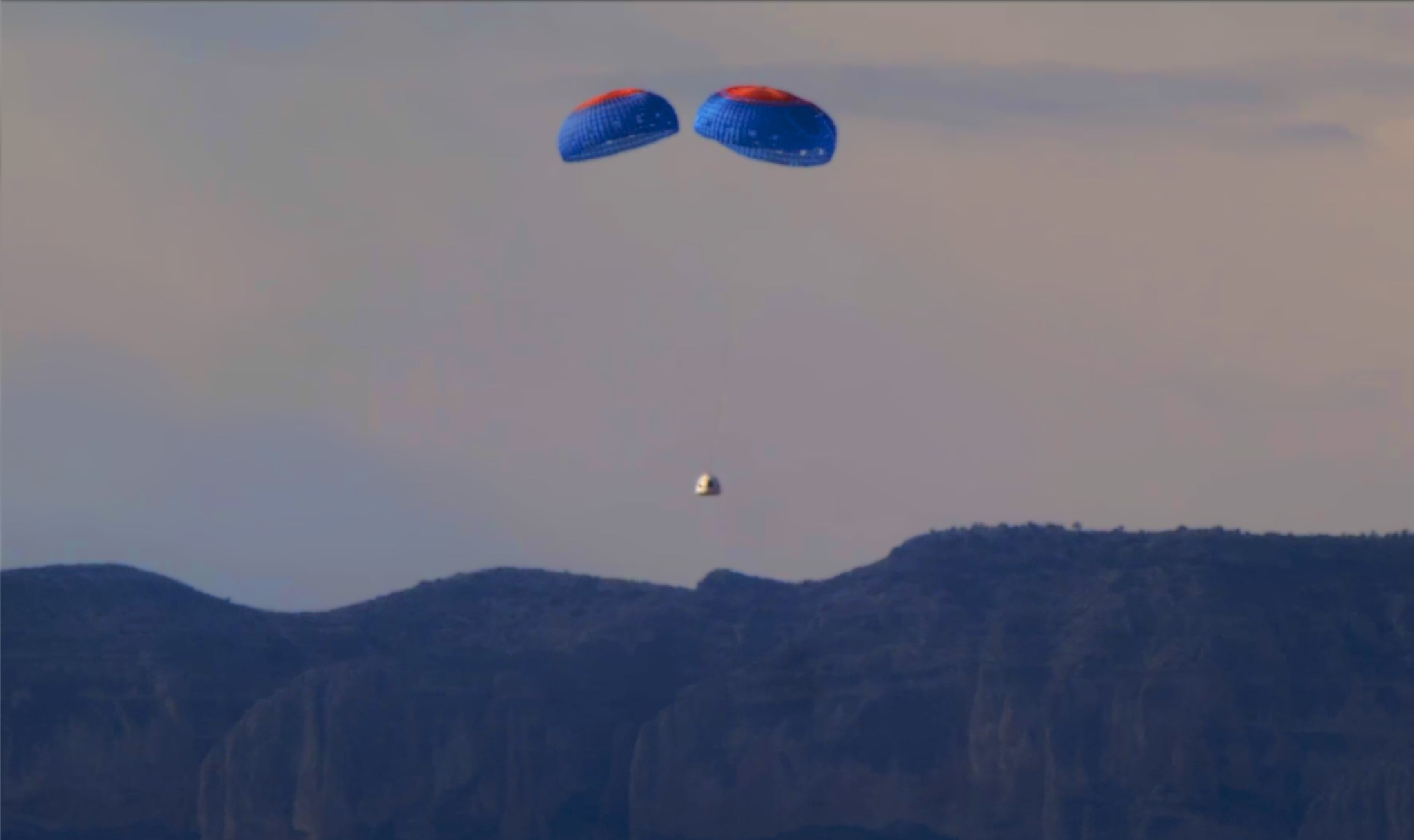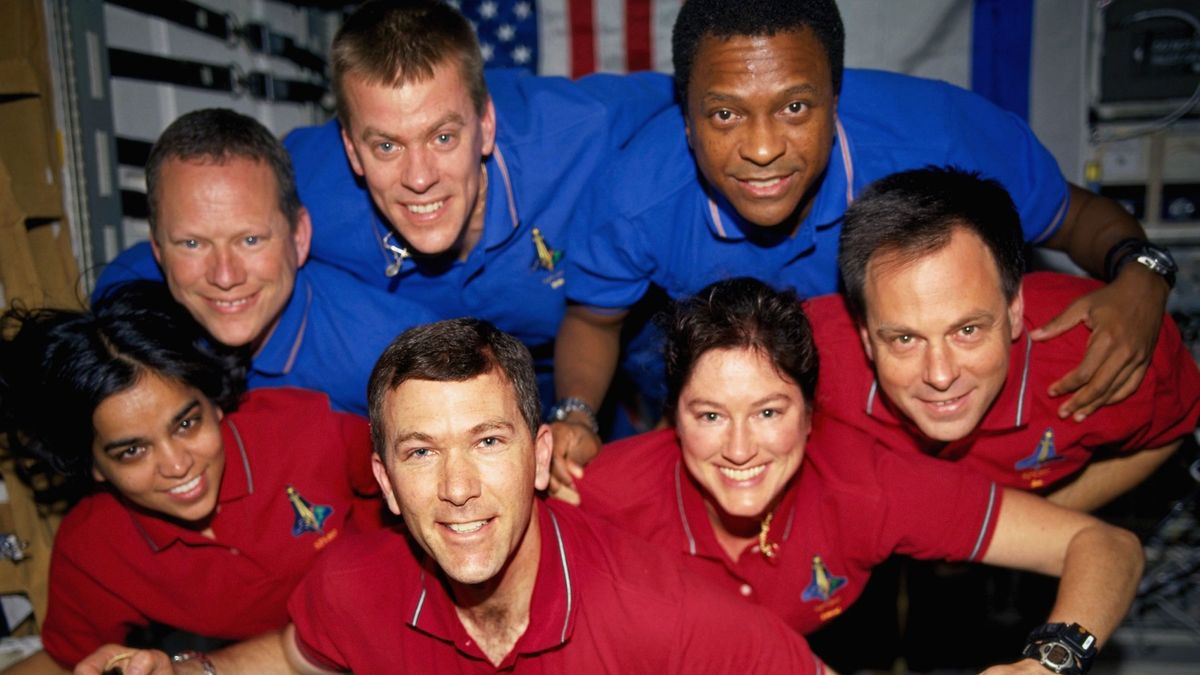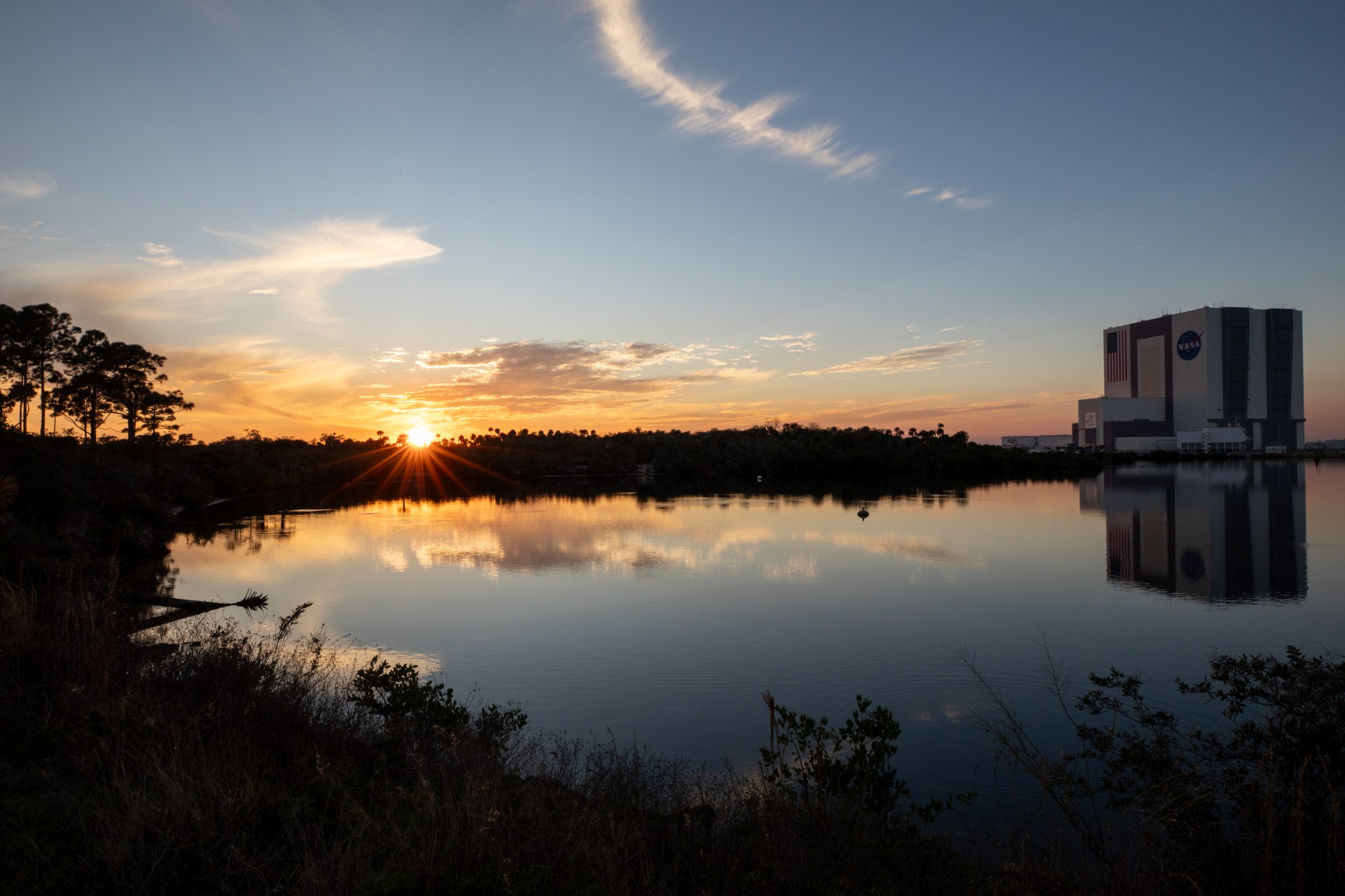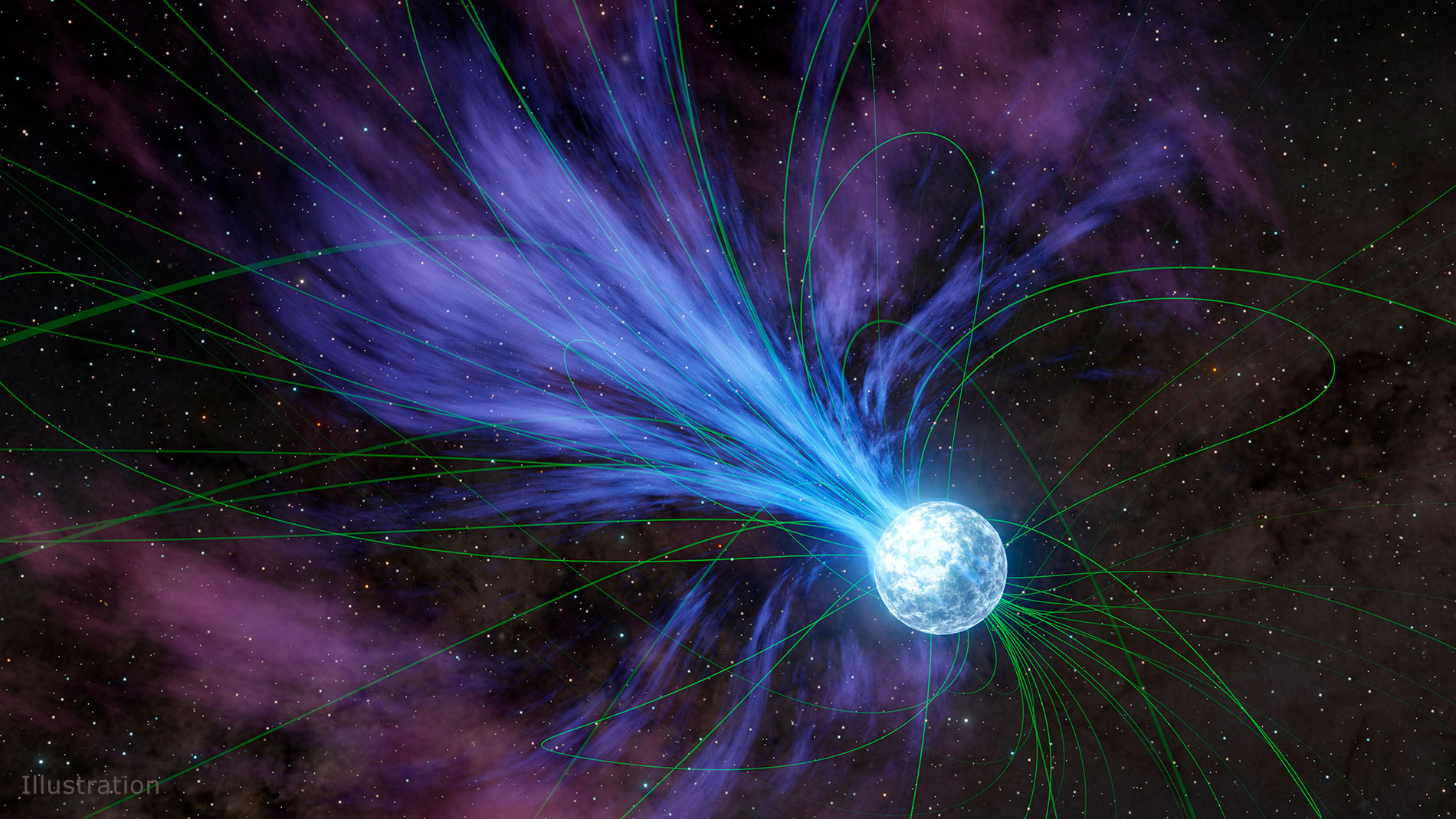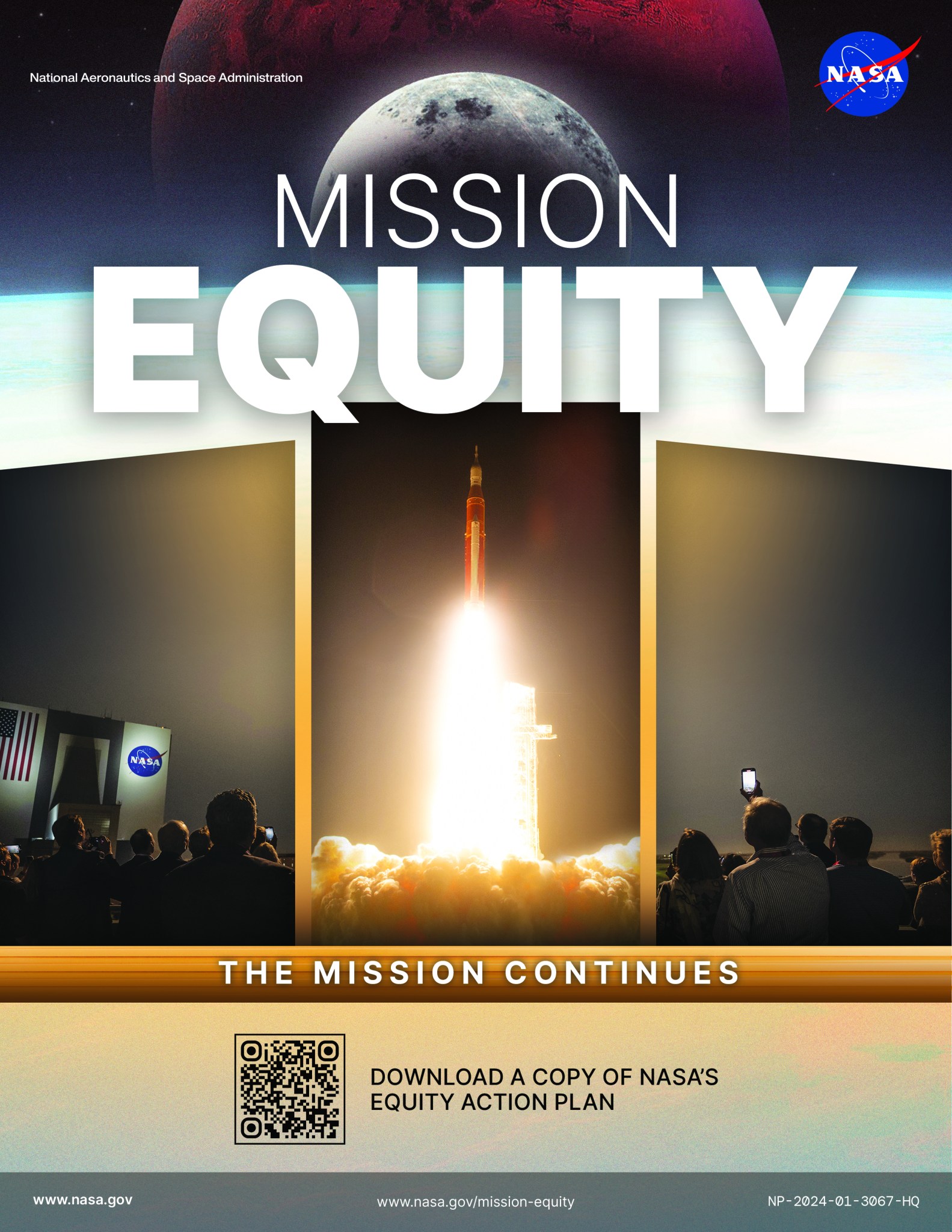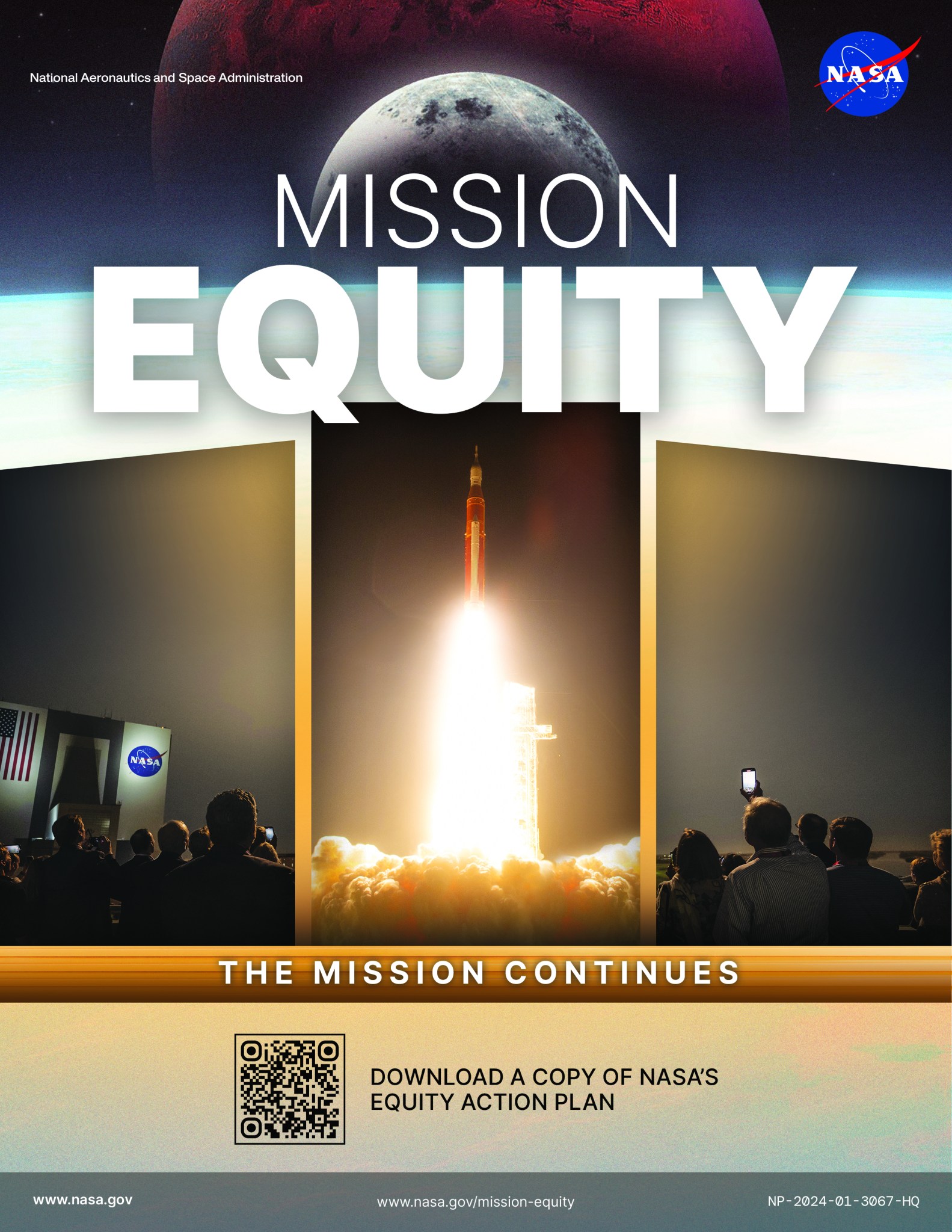Feb. 15, 2024 RELEASE: J24-003 NASA Selects Texas A&M as First Approved Exploration Park Facility NASA and the Texas A&M University System announced an agreement Thursday, Feb. 15, to lease underutilized land in Exploration Park, a 240-acre development at the agency’s Johnson Space Center in Houston. The A&M System will develop a facility to enable human spaceflight research and development that enables the commercial space economy. The lease agreement will allow the A&M System and others to use NASA Johnson land to create facilities for a collaborative development environment…
Read MoreNASA Experiment Sheds Light on Highly Charged Moon Dust
The New Shepard crew capsule descends under parachutes during its launch Tuesday, Dec. 19, 2023. Photo Credit: Blue Origin Researchers are studying data from a recent suborbital flight test to better understand lunar regolith, or Moon dust, and its potentially damaging effects as NASA prepares to send astronauts back to the lunar surface under the Artemis campaign. The experiment, developed jointly by NASA and the University of Central Florida, sheds light on how these abrasive dust grains interact with astronauts, their spacesuits, and other equipment on the Moon. The Electrostatic…
Read MoreFlame Burns Out on NASA’s Long-Running Spacecraft Fire Experiment
3 min read Preparations for Next Moonwalk Simulations Underway (and Underwater) A sample of fabric burns inside an uncrewed Cygnus cargo craft during a previous Spacecraft Fire Safety Experiment investigation, Saffire-IV. Credit: NASA NASA recently concluded the final mission of its Spacecraft Fire Safety Experiment, or Saffire, putting a blazing end to an eight-year series of investigations that provided insights into fire’s behavior in space. The final experiment, Saffire-VI, launched to the International Space Station in August 2023 and concluded its mission on Jan. 9, when the Northrop Grumman Cygnus…
Read MoreNeil deGrasse Tyson’s new StarTalk TV streaming channel launches on Pluto TV
Spreading the universal wit and wisdom of celebrity astrophysicist, author, humorist and TV host Neil deGrasse Tyson, StarTalk is one of the most popular educational podcasts in the world. First arriving on Earth back in 2009, the internet show features engaging discussions on NASA and international space missions, time travel, physics, astronomy, planetary science, black holes, the search for life, and how these topics intersect with pop culture and comedy. The National Geographic Channel also aired an Emmy-nominated spinoff StarTalk TV series from 2015-2019 encompassing 76 total episodes. Now the…
Read More‘Odd couple’ kissing stars created by unromantic cannibalistic feeding dance
Valentine’s Day won’t be all hearts and flowers for some “kissing stars” — or, in other words, stars that exist in close binaries that have been locked in a waltz that has left one a shrunken husk, and the other a swollen orb. Astronomers have zoomed in on a group of such “odd couple” stars, only to discover the bodies appear to have been created by a voracious and essentially cannibalistic stellar feeding process. How unromantic. The team, led by Georgia State Postdoctoral Research Associate Robert Klement, used the Center…
Read MoreHow to watch ‘The Shuttle That Fell to Earth’ online – from anywhere
‘The Space Shuttle That Fell to Earth’: Key information • UK: Watch for FREE on BBC iPlayer• Away from home: Use a VPN such as ExpressVPN to watch your usual service from anywhere• US, Canada and Australia: International release dates TBC “The Space Shuttle That Fell to Earth” is a is a new three-part documentary that charts the story of the 2003 Columbia disaster, when NASA’s shuttle disintegrated as it re-entered Earth’s atmosphere over Texas. Utterly mesmerizing from the start, this documentary combines first-hand testimony with previously unseen video footage to explore…
Read MoreA Floridian Sunset
NASA/Ben Smegelsky A NASA photographer captured the sunset on Tuesday, Jan. 30, 2024, near the Vehicle Assembly Building (VAB) at the agency’s Kennedy Space Center in Florida. The iconic building, completed in 1966 and currently used for assembly of NASA’s Space Launch System rocket for Artemis missions, is still the only building in which rockets were assembled that carried humans to the surface of another world. The VAB stands 525 feet tall and contains 130 million cubic feet of interior space. It sports a large American flag – a 209-foot-tall,…
Read MoreNASA Telescopes Find New Clues About Mysterious Deep Space Signals
6 min read Preparations for Next Moonwalk Simulations Underway (and Underwater) In an ejection that would have caused its rotation to slow, a magnetar is depicted losing material into space in this artist’s concept. The magnetar’s strong, twisted magnetic field lines (shown in green) can influence the flow of electrically charged material from the object, which is a type of neutron star. NASA/JPL-Caltech Using two of the agency’s X-ray telescopes, researchers were able to zoom in on a dead star’s erratic behavior as it released a bright, brief burst of…
Read MorePlan de acción para la equidad 2023 de la NASA se centrará en educación STEM/CTIM
La portada del Plan de acción para la equidad 2023. Credits: NASA Read this release in English here. La NASA publicó su Plan de acción para la equidad 2023 el miércoles, en el cual describe los logros clave en el aumento de la diversidad, la equidad, la inclusión y la accesibilidad en toda la agencia, y sus nuevos compromisos para continuar eliminando los obstáculos y retos injustos a los que se enfrentan las comunidades desatendidas. “En la NASA, estamos comprometidos con el avance de la equidad para garantizar que nuestro trabajo…
Read MoreNASA Updates Equity Action Plan, Adds Focus on STEM Education, More
The cover of the 2023 NASA Equity Action Plan. Credits: NASA Lee esta nota de prensa en español aquí. NASA published its 2023 Equity Action Plan Wednesday, which outlines key accomplishments in increasing equity across the agency, and new commitments to continue removing inequitable barriers and challenges facing underserved communities. “At NASA, we are committed to advancing equity to ensure our work benefits all humanity,” said NASA Administrator Bill Nelson. “The Equity Action plan deepens our long-term commitment to recognize and overcome systemic barriers that limit opportunity in underserved and underrepresented…
Read More